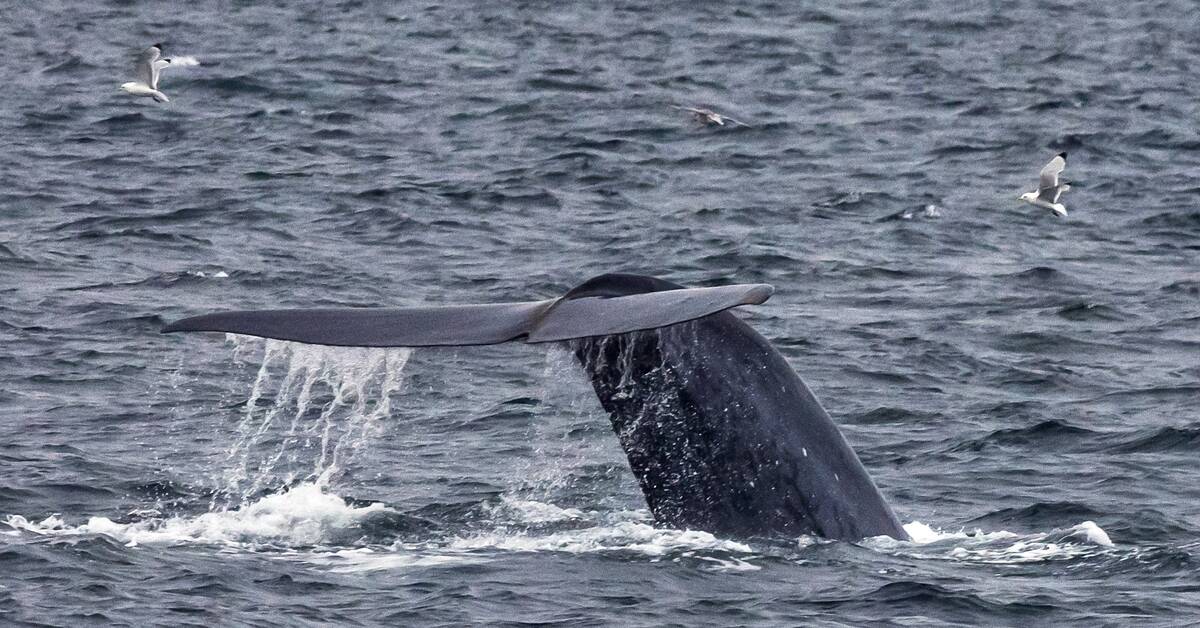The tiny bits of plastic have been found everywhere from the deepest oceans to the highest mountains, and even inside human organs and blood.
A modeling study published in the journal Nature Communications has estimated how much whales ingest, based on whales being fitted with locator tags and followed on their travels through the oceans.
The study shows that blue whales mainly eat at a depth of 50–250 meters, where the concentration of microplastics is highest.
As a result, the blue whales ingest up to 43.6 kilos of microplastics per day.
Blue whales do not mainly ingest microplastics from the water itself, but from their prey, above all small crustaceans.
Humpback whales are estimated to eat around four million pieces of microplastic per day.
The next step for the researchers is to see what damage the microplastics can cause to the whales.

